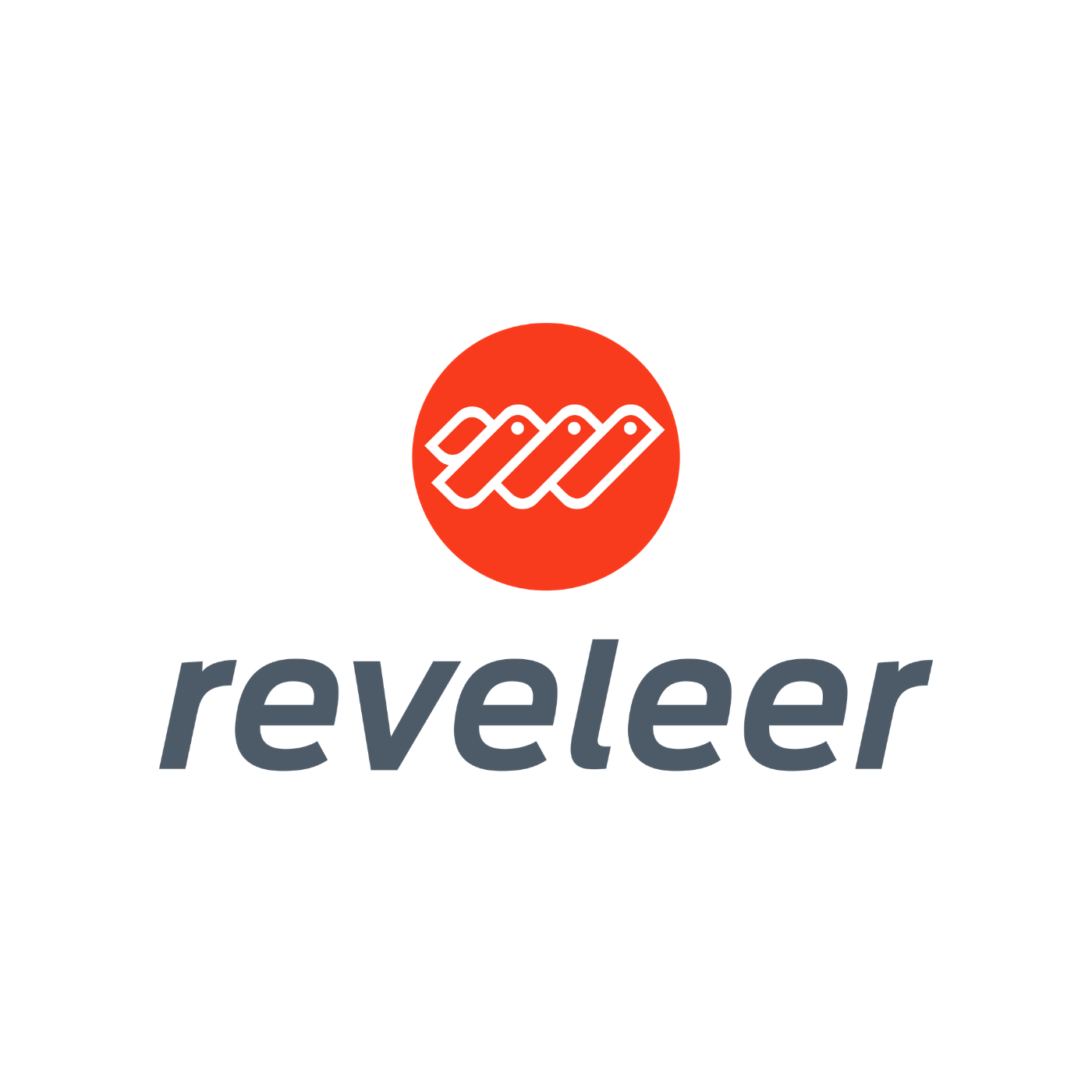Working ahead is the surest way to keep from falling behind.
If you want to be ready for HEDIS reporting season, devote the offseason to reviewing revisions to requirements, revising your processes, planning your audit, and preparing your data and team.
Don’t delay either. The best time to prepare for the year ahead is when lessons learned from the reporting season behind are still fresh in your mind.
Ensure the submission of complete, accurate and timely data by following these five steps for HEDIS 2017:
1) Review revisions to requirements
The National Committee for Quality Assurance (NCQA) revises technical specifications for its Healthcare Effectiveness Data and Information Set (HEDIS) annually. As healthcare’s most widely used quality measurement tool, even the seemingly slightest tweak in how HEDIS scores are calculated and verified can significantly impact market share and revenue for health plans. So, you must keep current on new and best practices.
Review the updates to quality measures for HEDIS 2017. NCQA has added measures such as a Standardized Healthcare-Associated Infection Ratio. It has also revised existing measures, such as by updating the medications included in Use of High-Risk Medications in the Elderly and Potentially Harmful Drug-Disease Interactions in the Elderly to align with revisions to American Geriatrics Society guidelines.
Consult the Summary Table of Measures, Product Lines and Changes for HEDIS 2017 for additional details for revisions to-date. Watch NCQA’s HEDIS 2017 website for upcoming announcements regarding technical specifications and compliance audit standards.
Beyond HEDIS 2017, you should generally look for NCQA announcements regarding revisions to requirements in the summer and the fall, in advance of the next reporting season. Heed any changes in measurements, specifications or timelines.
Engage with your data team early, so they can plan any changes needed in data programming and have adequate time to test. Any questions be sure to ask your HEDIS auditor for clarification.
2) Revise your processes
Improve HEDIS scores by refining your processes based on the past season’s outcome and your identification of any perceived gaps in preparations for next year. Operationalize specific actions that are repeatable, measurable, and cost-effective.
Probe for deficiencies in technology or staffing as well. Verify certification for any HEDIS-certified software vendors and finish implementations prior to the season to avoid technical glitches later. Collaborate with your vendors in the off-season to identify helpful modification to medical record chase logic as well as how to work with providers to minimize abrasion based on this year’s experience.
Research and consider implementing additional HEDIS best practices to improve efficiency. Enhancing your reporting processes will help you improve your scores. Integrate your HEDIS procedures with other quality initiatives to form a holistic approach that will help preserve revenue integrity and improve patient care.
3) Plan for your audit
NCQA created the HEDIS Compliance Audit Program to validate the data collected and reported by health plans. Planning for and completing the audit has since become an ongoing, perhaps seemingly endless, process with high stakes because the industry’s shift to value-based care means that HEDIS scores matter more than ever.
Clarify deadlines with your auditor, noting any variances between their timelines and those of NCQA because they might differ. Establish related deadlines, like for creating a vendor roadmap, in advance of any audit deadlines. Allow time for delays.
Streamline your procedures for HEDIS medical record review so that you can retrieve all relevant records, abstract them correctly and submit them on time. Ensure that you have adequate staff for overread activities if using a vendor or that you have early discussions on the vendor overread process. Since you don’t know which measures will be selected, it is critical that you maintain on-going quality of hybrid record abstraction and planning now for staffing and process is key.
4) Prepare your data
Test data quality before Jan. 1 to mitigate any deficiencies when you actually have to produce data for your audit. Collaborate with your hybrid collection vendor and certified software vendor to make sure you account for any system changes or challenges you experienced this season, to avoid challenges with data during HEDIS 2017. Examine both Interactive Data Submission System (IDSS) and/or Patient Level Data (PLD) files for data that might prompt errors and warnings prior to submission.
Compare your rates to NCQA benchmarks to find any potential discrepancies that may draw scrutiny from auditors. Adjust your approach and, if needed, your software, accordingly. Then start production runs early in the year to allow more time for efficient MRR. Include state-based submissions in your planning.
5) Prepare your team
Vendors, providers and staff are crucial in HEDIS reporting. Maximize their contributions by incorporating them into your planning for the season from the outset and keep them involved throughout the year.
Review vendor performance immediately after one reporting season ends to determine whether you need to modify any relationships before the next year. Have any changes in place before October so that new vendors can transition successfully and that existing relationships can improve.
Strengthen ties with providers as well. Providers are busy and often have limited staff to assist with HEDIS requests. Based on this year experience, conduct outreach to large volume providers to identify special handling of requests and ways to minimize the burden on their busy practice.
Train your staff in HEDIS requirements so that they can similarly help. Ensure that they are aware of their specific responsibilities for the upcoming reporting season, including their roles in the process and the deadlines they must meet.
You should have your systems, people, and processes in place by October if you want to have a successful HEDIS 2017. And you can, if you follow these five steps to keep current and be ready for HEDIS reporting season.







